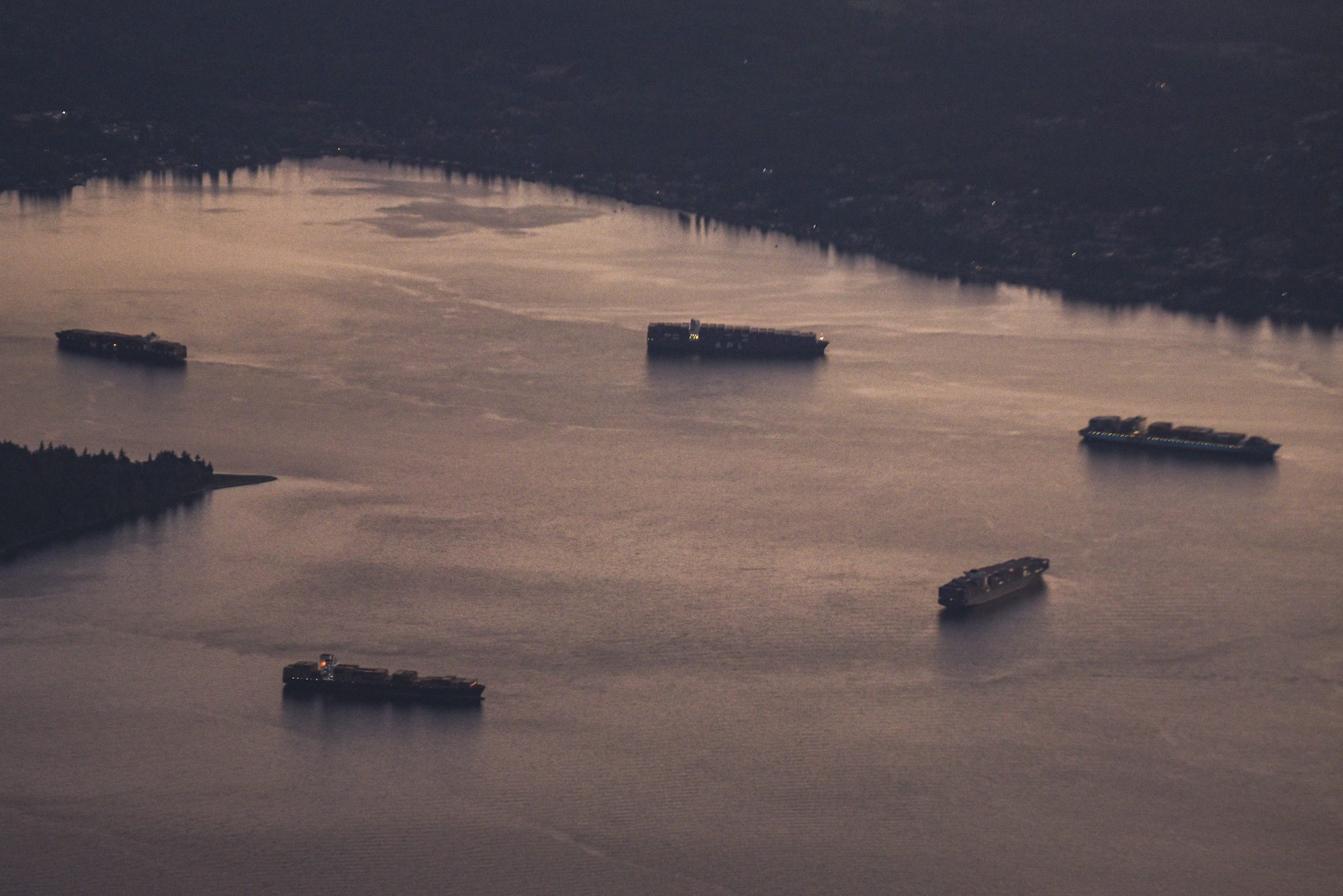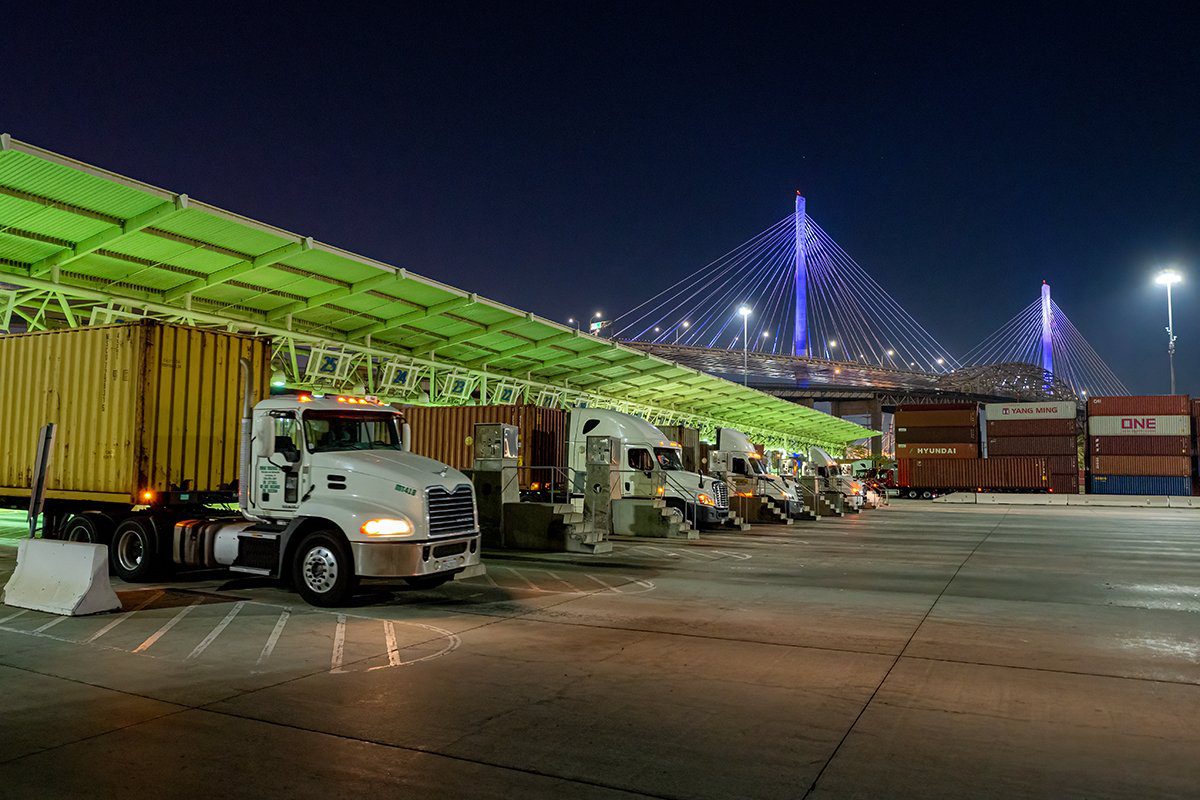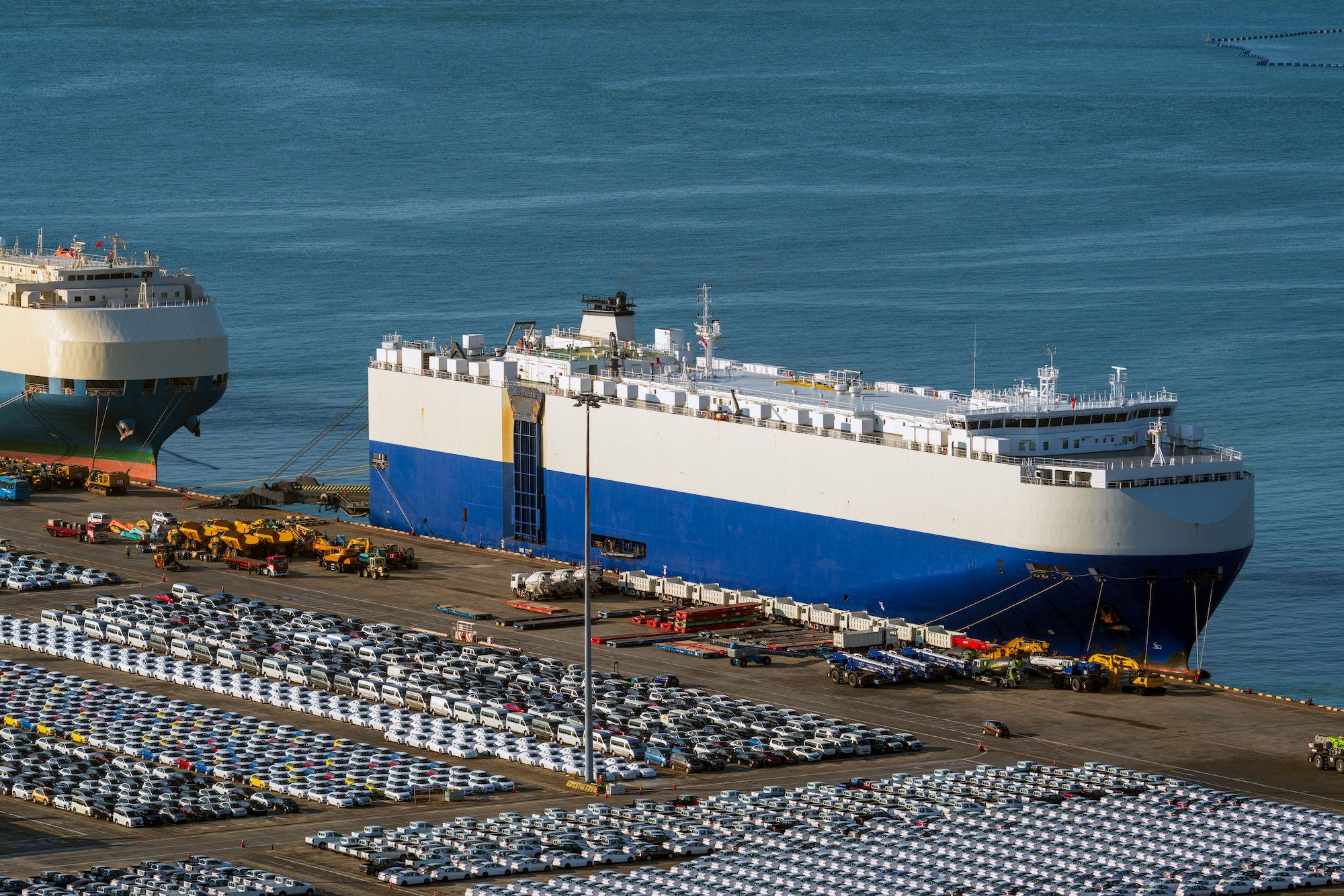By Mike Wackett (The Loadstar) –
The 2M carriers, Maersk and MSC, with VSA partner Zim, will drop Seattle from the schedule of their TP9/Eagle/ZP9 service from this week, due to port congestion.
The omission will commence with the Zim-deployed 5,610 teu AkinadaBridge call this week.
MSC said the decision was “due to the increased waiting time for vessel berthing”, which it said was “impacting schedule reliability and causing delays to shipments”.
However, the carriers said the omission was “temporary”.
According to eeSea data, the 2M and Zim deploy seven 4,253 teu to 8,850 teu vessels on the weekly loop, with the only other west coast call being at Vancouver.
In its most recent North America operational update, Hapag-Lloyd reported that, as at 15 October, there were 11 ships at anchor in Puget Sound awaiting a berth at Seattle terminals.
“Berthing delays in Seattle are up to two weeks at this time, due to heavy volumes,” said the line, adding that the terminals were operating at 90% utilisation.
Hapag-Lloyd’s update highlights the extent of the increasing port congestion blighting both west and east coast ports of North America, which is tying up a considerable percentage of carrier capacity.
Speaking after the announcement of a move to 24-hour working at the ports of Los Angeles and Long Beach, John Wolfe, CEO of the Northwest Seaport Alliance (NWA), which oversees the container business of the ports of Seattle and Tacoma, said it was looking at expanding gate hours at terminals – “but that alone is not going to fix this problem”.
Washington Trucking Association VP Eric Wright attributed much of the landside congestion to the lack of availability of chassis to pick up import boxes.
He told the Seattle Times: “When trucks drop off containers on chassis at warehouses, there are often delays in unloading the containers and freeing-up those chassis to return to the port for another round of pick-ups.”
And this is restricting the NWA’s growth. According to Blue Alpha Capital data, import volumes at Seattle/Tacoma edged up just 1.2% in September, compared with the same month of 2020, to 124,020 teu, down 5.7% on September 2019.
Elsewhere, ocean carriers have been quiet in their response to Monday’s announcement by the ports of Los Angeles and Long Beach they will surcharge the shipping lines $100 a day for import containers that remain on their terminals for more than nine days if moving out by truck, and three days for rail movements.
However, many of the carrier contracts have a facility that allows for additional charges from marine terminals to be passed straight on to the shipper and will be able to include the fee in their D&D invoices, payable before the release of containers.
The Loadstar is known at the highest levels of logistics and supply chain management as one of the best sources of influential analysis and commentary.
Sign up for our newsletter

 Join The Club
Join The Club













